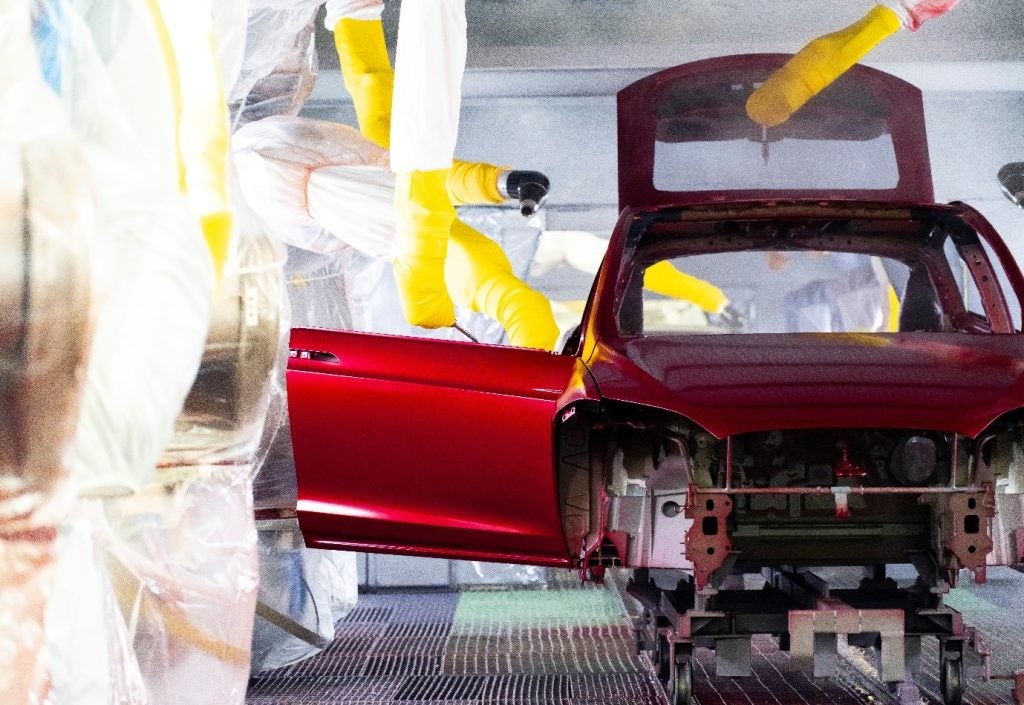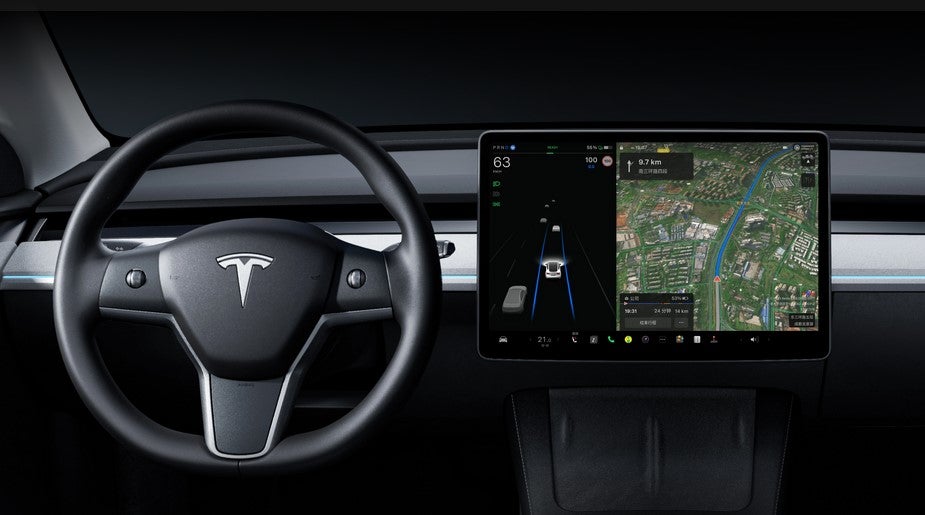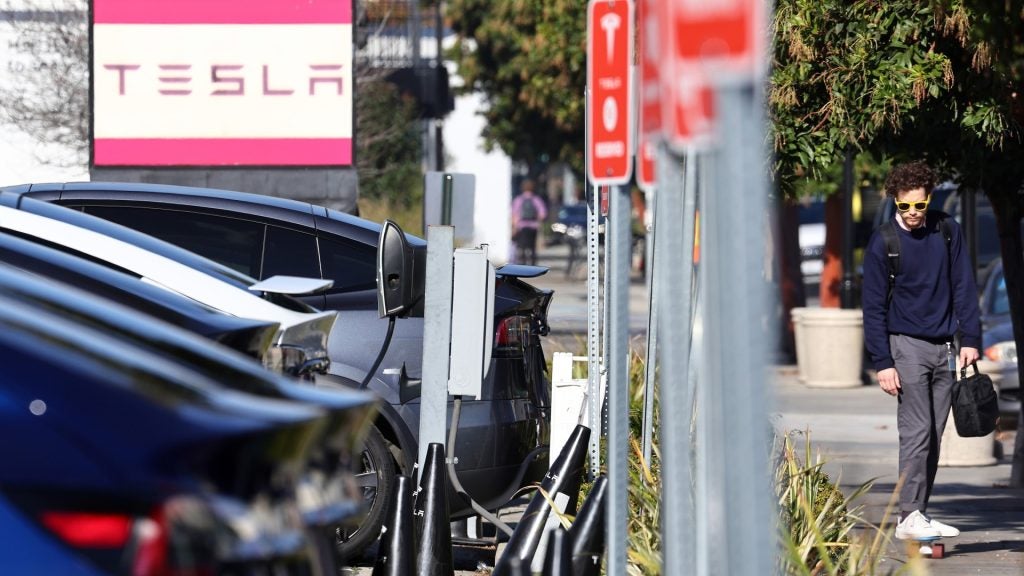The Tesla Model 3 has become Europe’s top-selling electric vehicle according to data released by JATO Dynamics.
In its first full month on the European market it became Europe’s best-selling Battery Electric Vehicle (BEV). JATO said the Model 3 quickly outsold other big players like the Nissan Leaf and Renault Zoe, despite being more expensive and only available for a relatively short amount of time. Felipe Munoz, JATO’s global analyst, said: “The performance of the Model 3 is remarkable, given we normally don’t see this kind of result until four or five months after a new car has hit the roads.”
JATO also said that February saw another month of decline in the overall European car market, as registrations dropped by 1.3% on the same time last year. It was the market’s sixth consecutive month of decline in February 2019, as 1.14m new cars were registered. JATO said this was largely because February marked a month of uncertainty for many of the bigger European markets, such as Spain, where registrations fell by 10% amongst political turmoil, and the Netherlands, where a change in tax on pure electric vehicles contributed to the 15% drop in overall registrations.
The Swedish and Finnish markets also saw declines of 15% and 11%, respectively, as the two countries continued to struggle to come to grips with the introduction of WLTP.
Conversely, registrations were up by 36% in Romania, due to the government’s scrappage scheme in the fourth quarter of last year which led to an increase in vehicle deliveries in early 2019. Denmark also recorded a strong result in February, with volume up by 8% due to an increase in its EV and PHEV registrations. This was mirrored in Norway, where nearly twice as many zero-emission cars were sold than in February 2018, and the Tesla Model 3 and VW e-Golf were the two best-selling cars.
Pure electric vehicles (BEVs) commanded a market share of just 1.9%, but their volume increased by an impressive 92% to 20,000 registrations. BEVs continued to gain traction in markets like Norway, where they counted for 40% of overall registrations, and the Netherlands, where they counted for 7%. Demand also increased by 81% in Germany, which was the largest market for BEVs in February.
How well do you really know your competitors?
Access the most comprehensive Company Profiles on the market, powered by GlobalData. Save hours of research. Gain competitive edge.

Thank you!
Your download email will arrive shortly
Not ready to buy yet? Download a free sample
We are confident about the unique quality of our Company Profiles. However, we want you to make the most beneficial decision for your business, so we offer a free sample that you can download by submitting the below form
By GlobalDataJATO said the increase can be explained by the introduction of new models – most notably the Tesla Model 3. JATO said it is also notable that most of the Model 3’s volume in February came from private registrations, which breaks the usual trend of a new vehicle’s volume being made up of business/fleet registrations.
The Tesla Model 3 also achieved another record in February, as it became the top-selling premium midsize sedan in Europe – outperforming the Mercedes C-Class, Audi A4 and BMW 3-Series. “As we’re seeing in the US, Tesla is also shaking up the European market. Its long-lasting impact will depend on how quickly the German premium makers, Volvo and JLR react to the arrival of the Model 3 to Europe and how quickly they can bring in their own midsize electric cars,” said Munoz.
Meanwhile, diesel registrations fell once again in February, although their market share did stabilise at 34%. This was due to an 8% increase in registrations in Germany, which helped to offset double-digit falls in Italy, France, Spain and the UK.
SUVs, vans and sports cars were the only segments to grow during the month, as compact and midsize cars, and MPVs recorded large drops. Registrations of SUVs were up by 10% to 421,500 units, as they posted a market share of almost 37%. Small SUVs recorded 167,000 registrations, as demand increased by 13%, while compact SUVs saw 178,000 registrations and a 10% increase in demand.
Volkswagen led the model rankings with the Golf, which saw a decline in its gasoline registrations (-18%), but an increase in its diesel registrations (+8%). Meanwhile, the Volkswagen T-Roc climbed the rankings to become the best-selling SUV in Europe, outselling the Tiguan and Qashqai. It was the best performing SUV in Austria, Luxembourg and the Netherlands, and the second best in Germany, Croatia, Denmark and Italy.
February was also a good month for the new generations of the Volkswagen Polo, which was Europe’s third best-selling car, and the Ford Focus, which was sixth. Elsewhere, the Opel Corsa hit the top 10 as its volume increased by 13%, despite its aging model.







